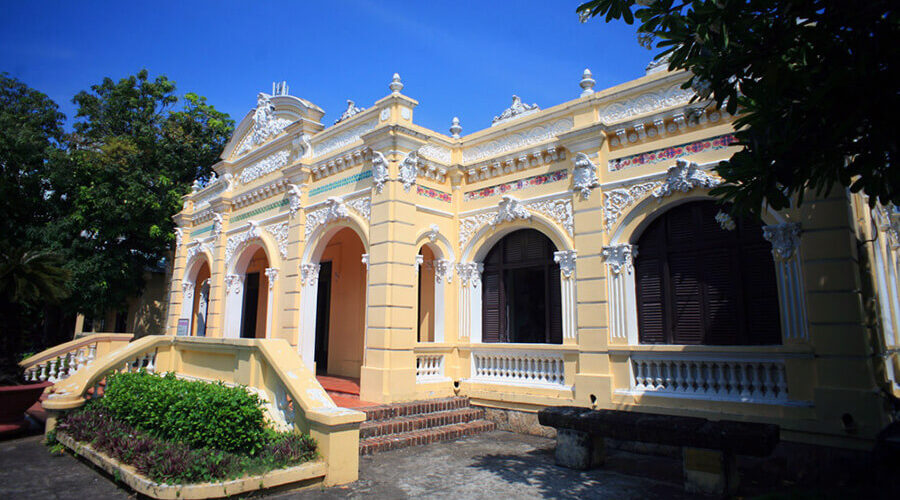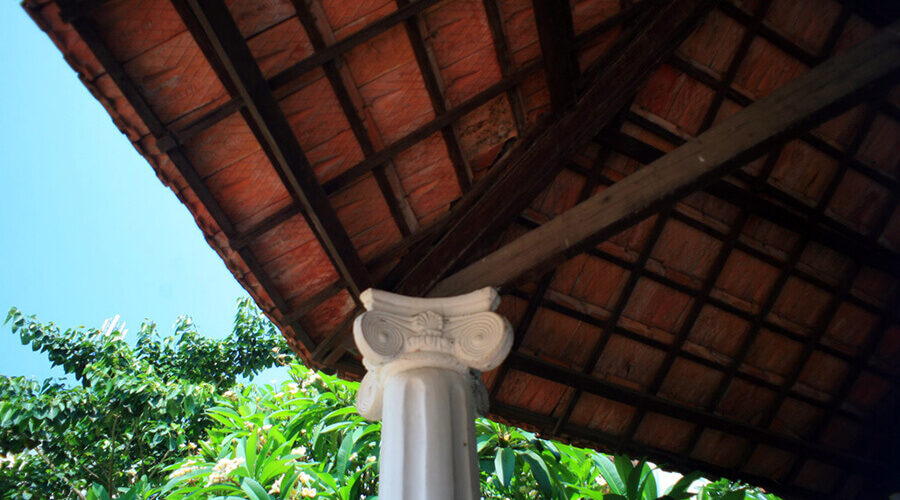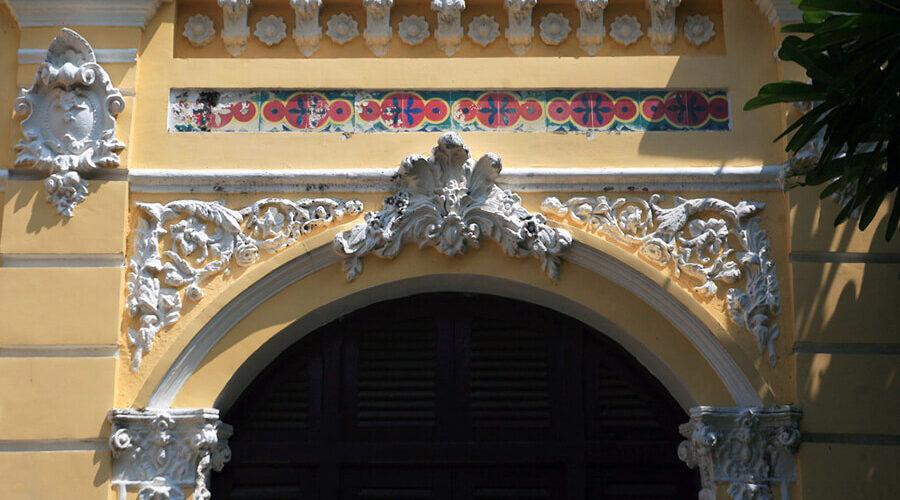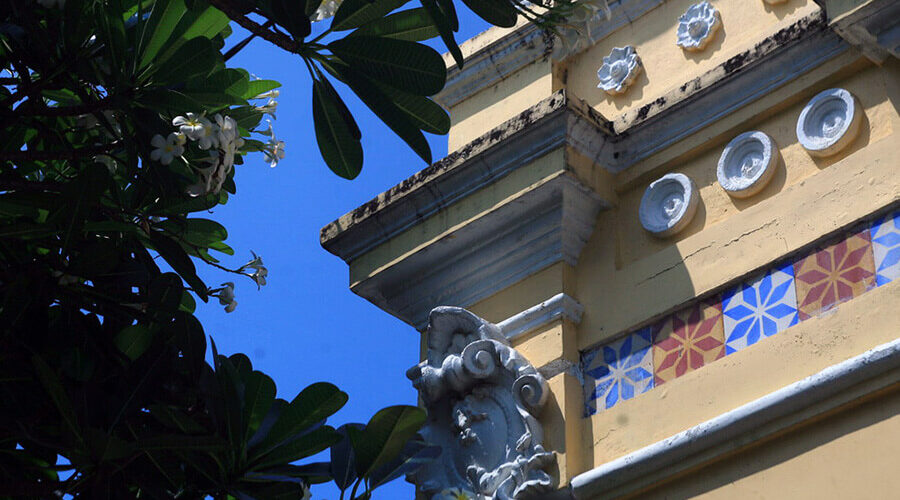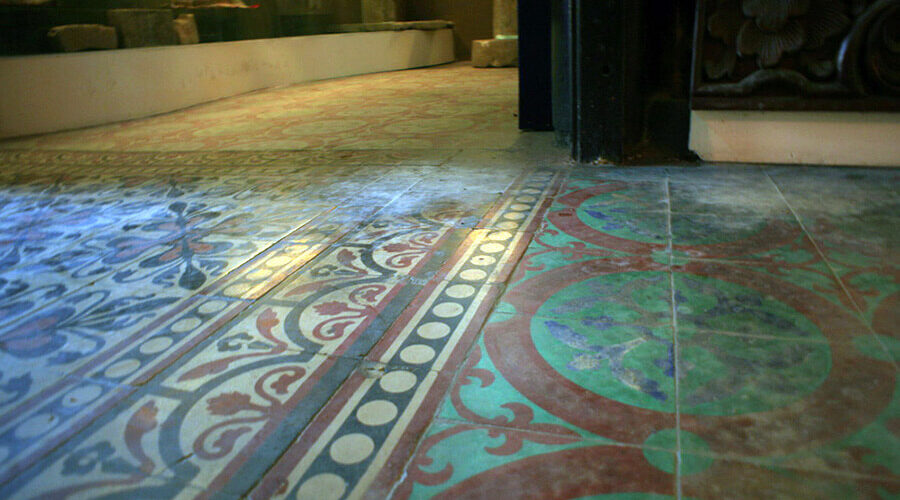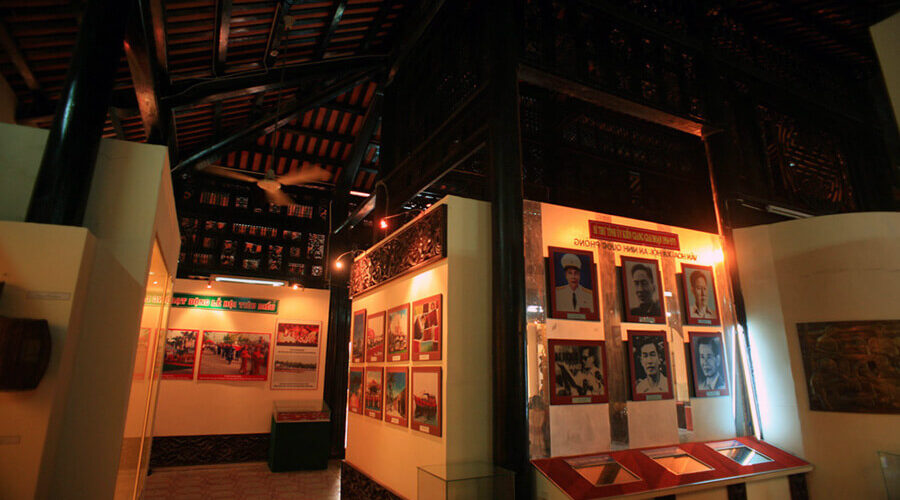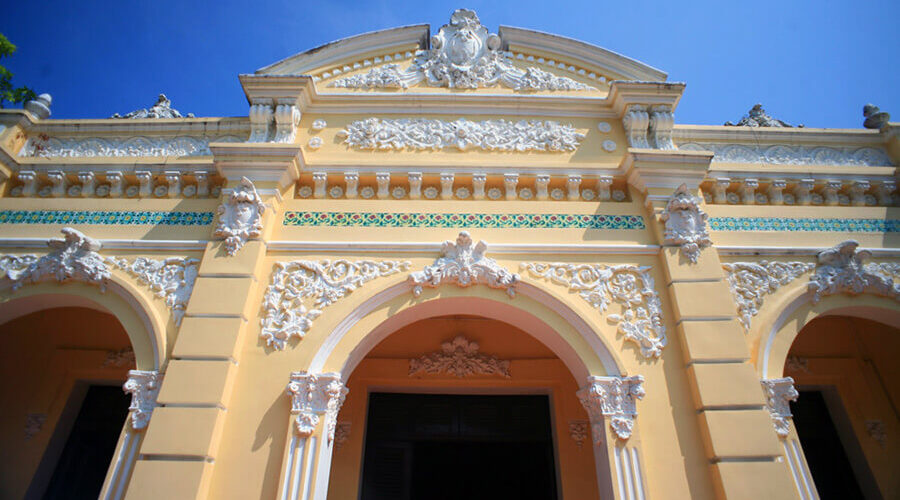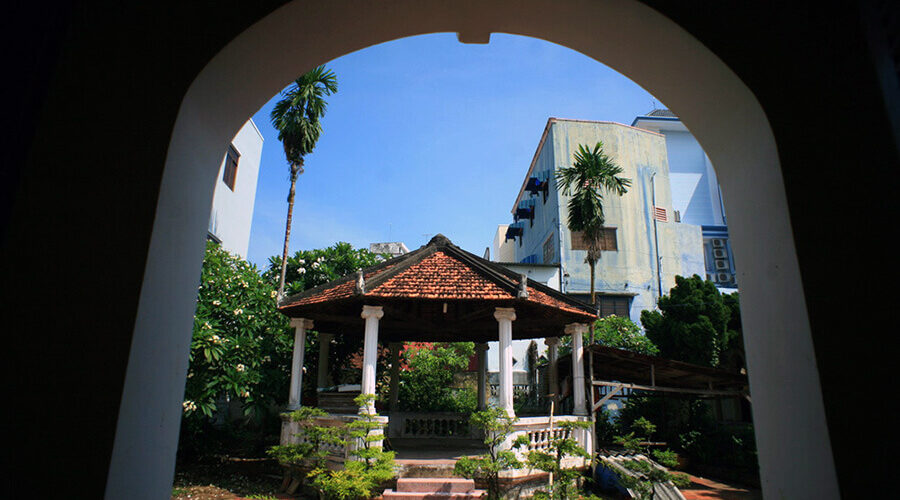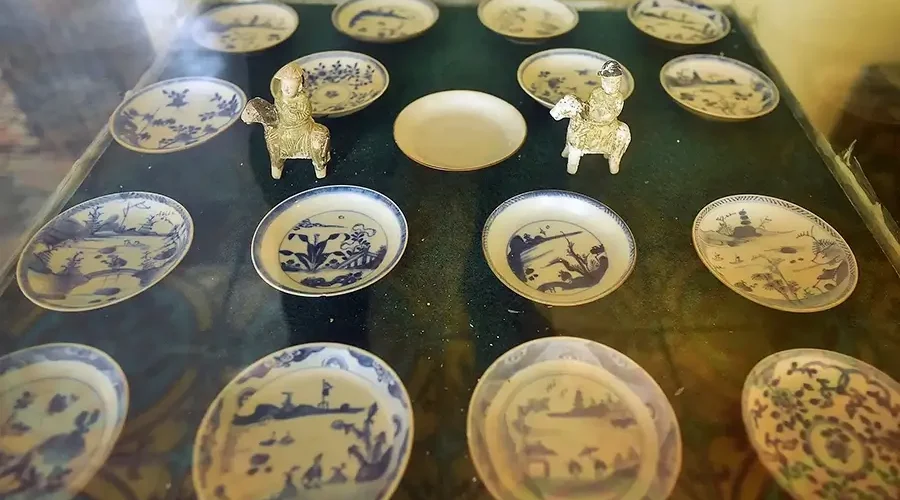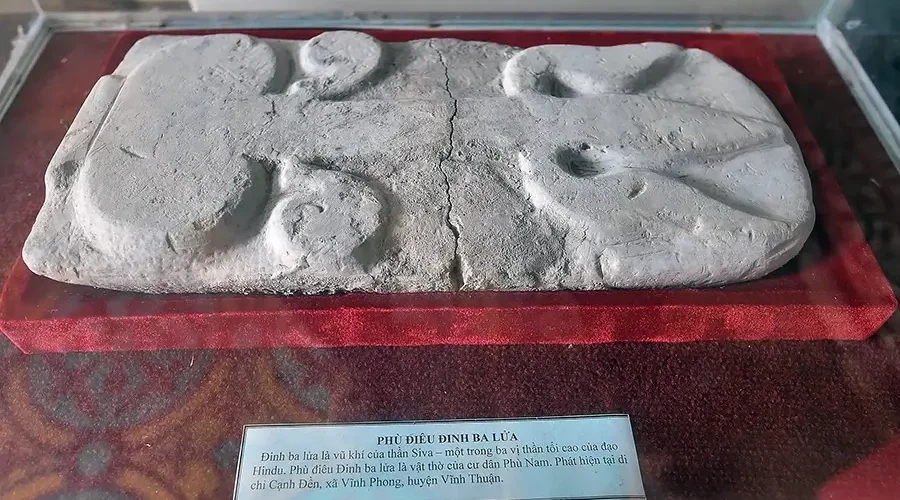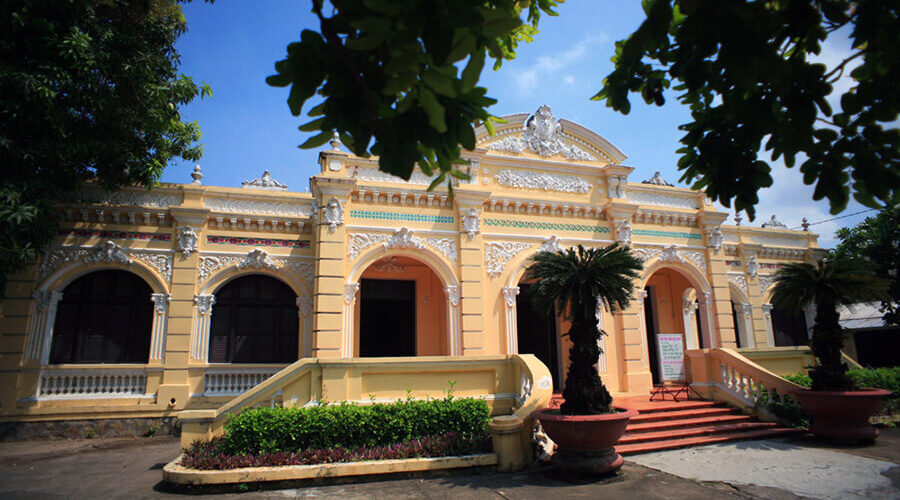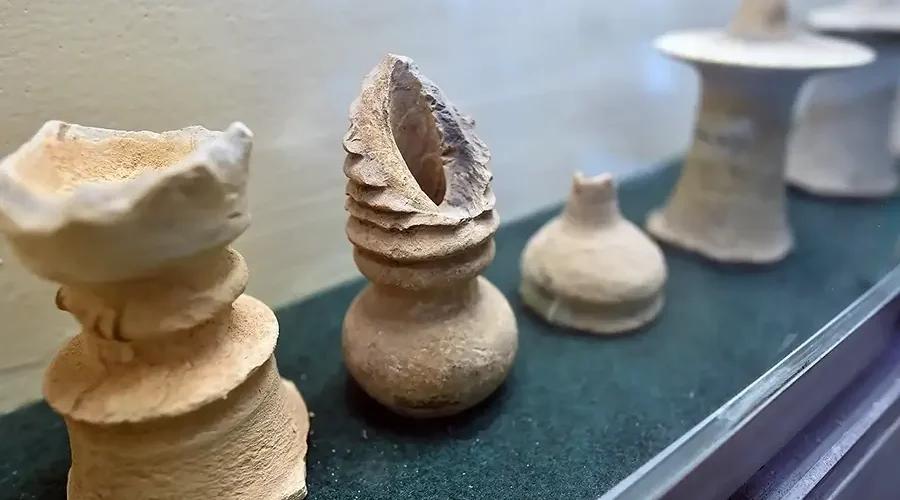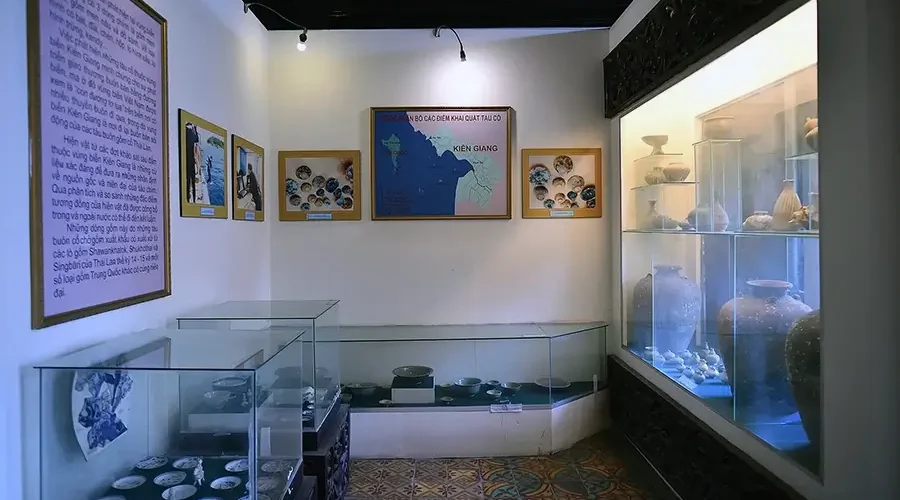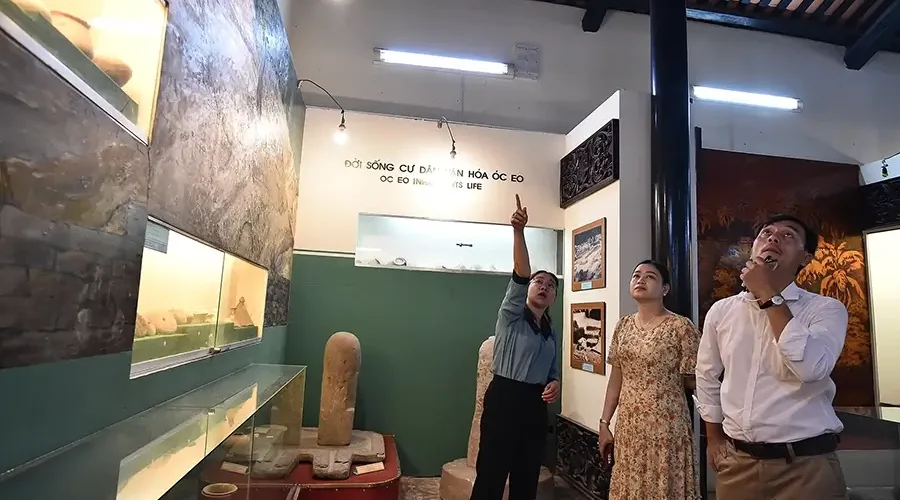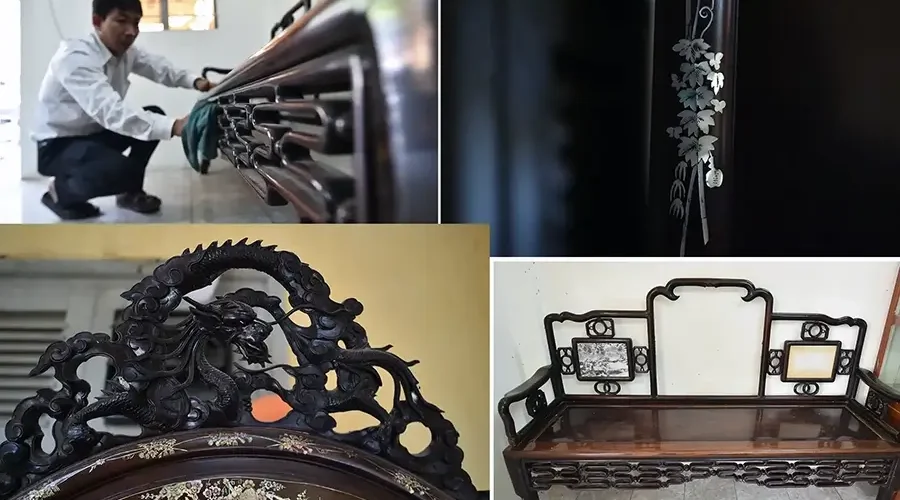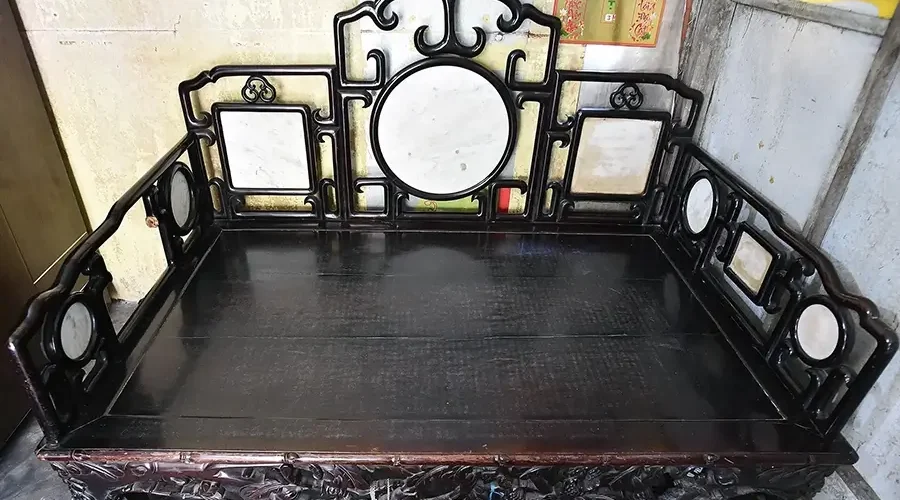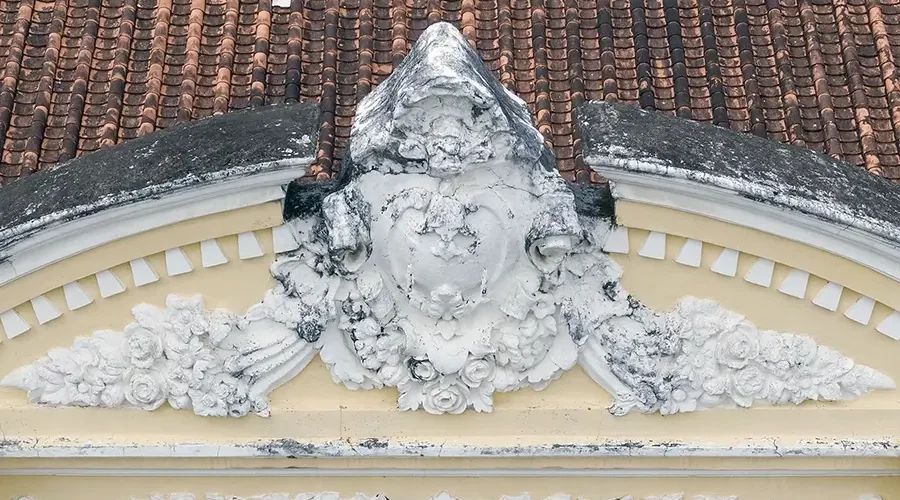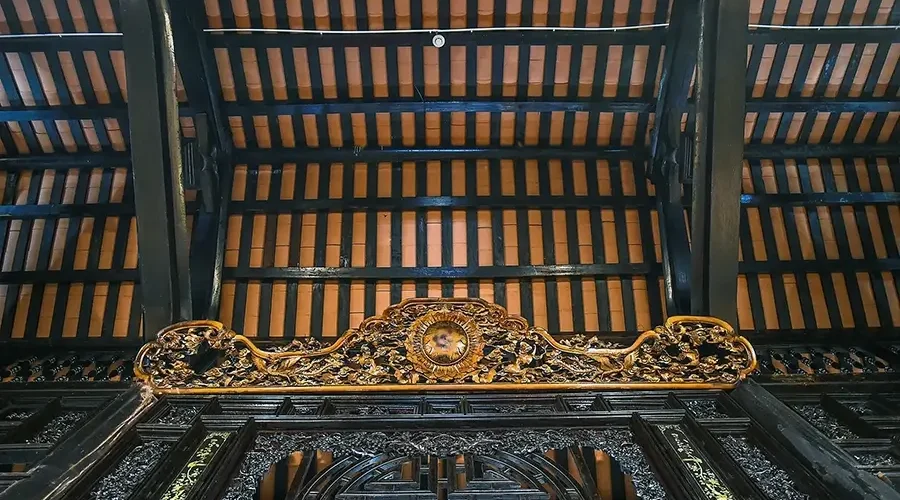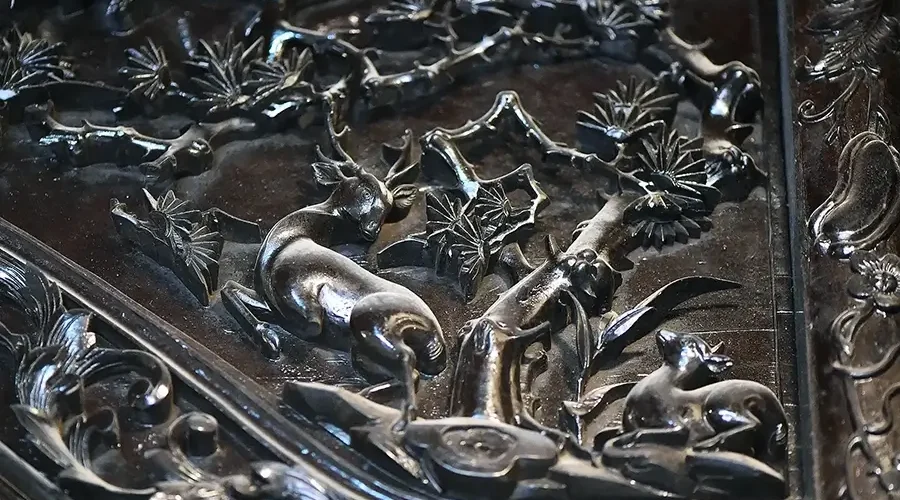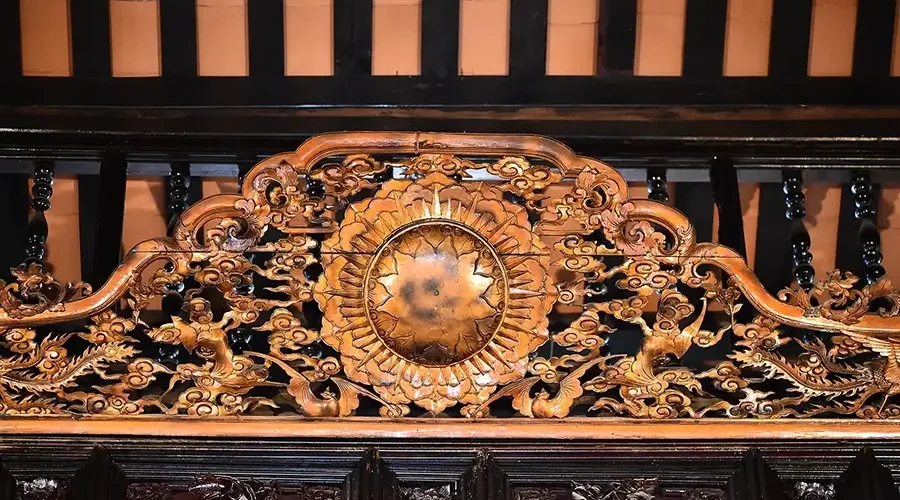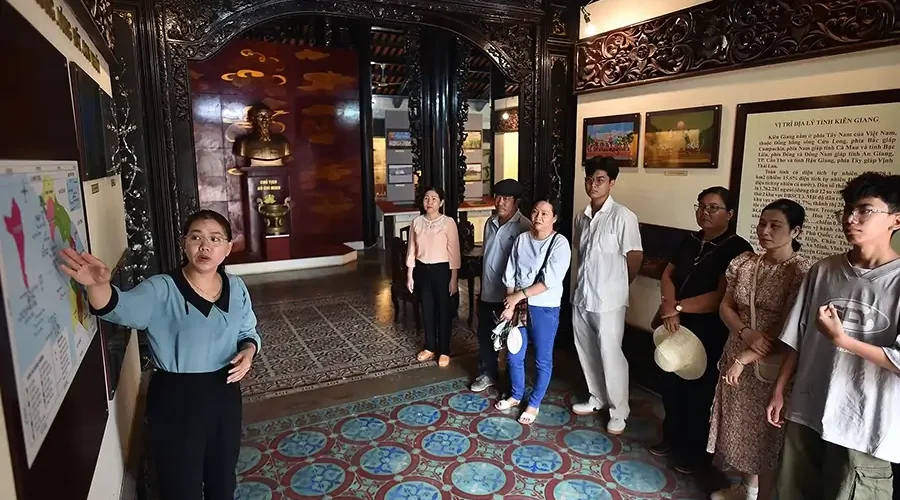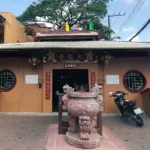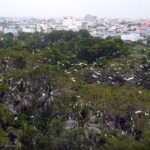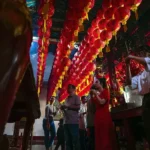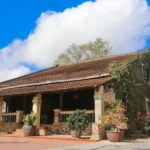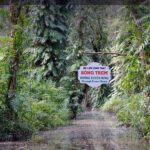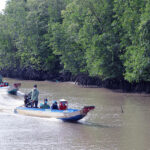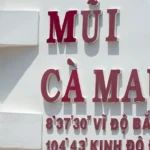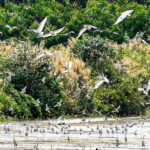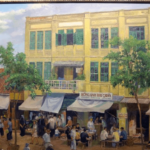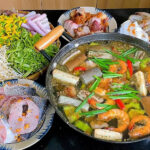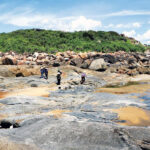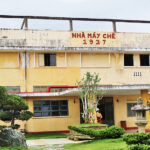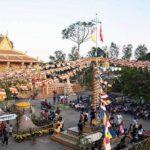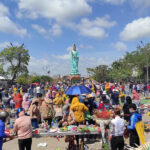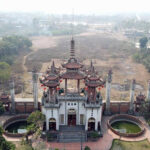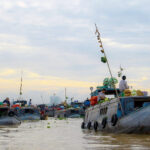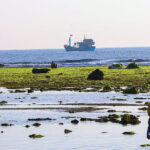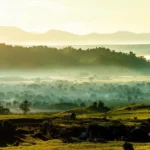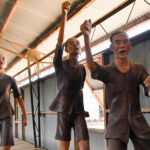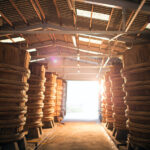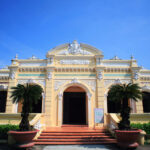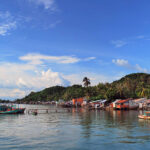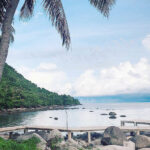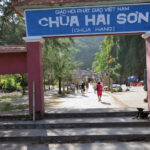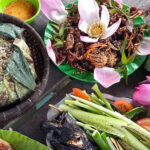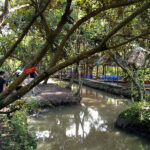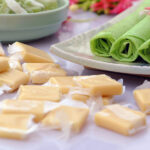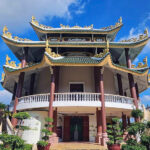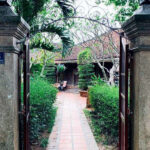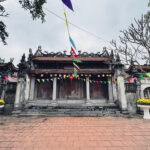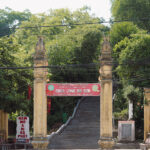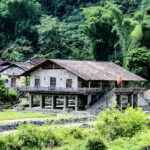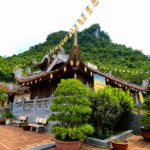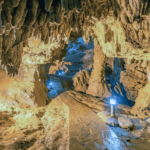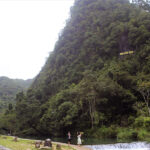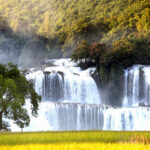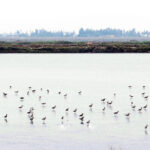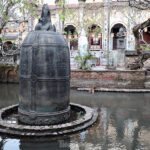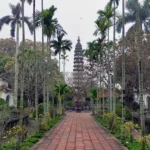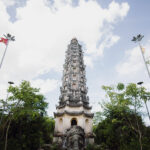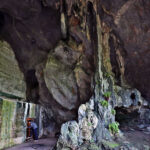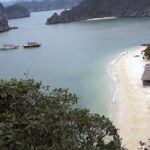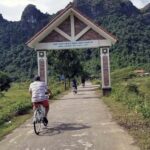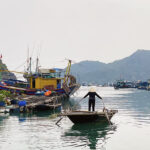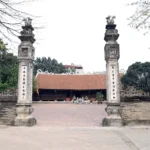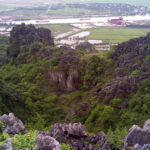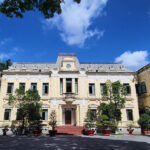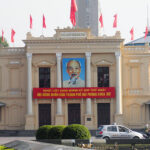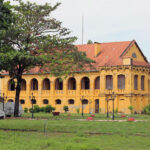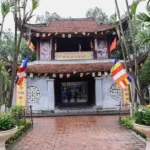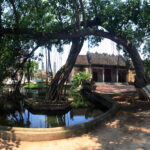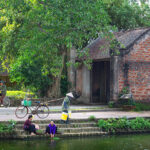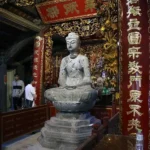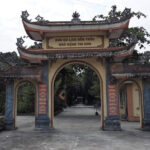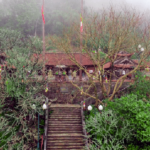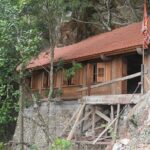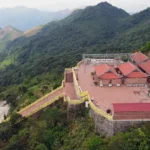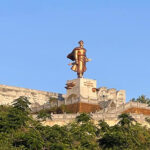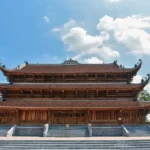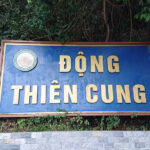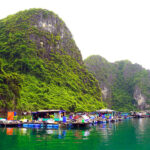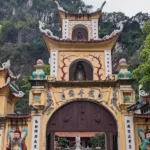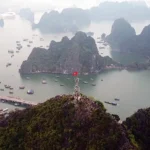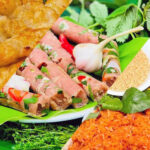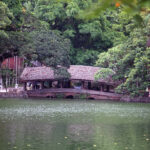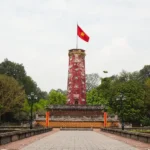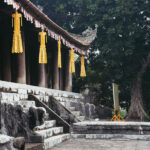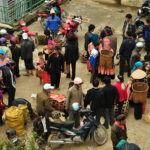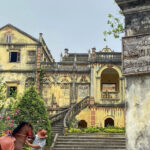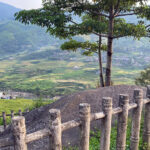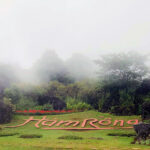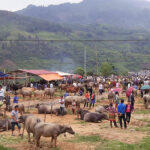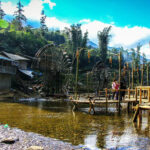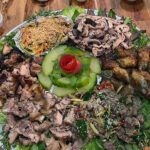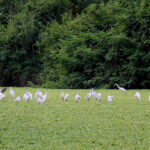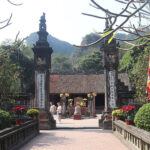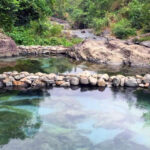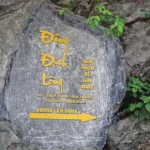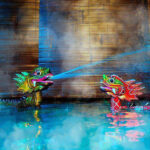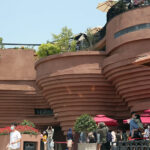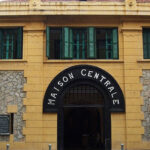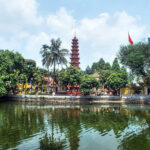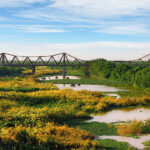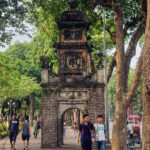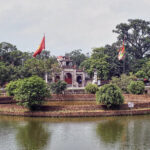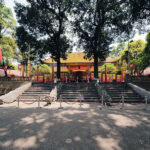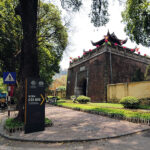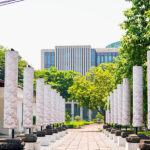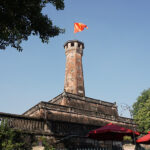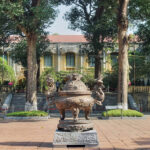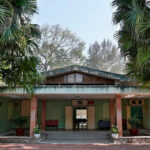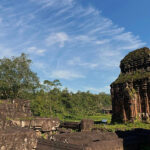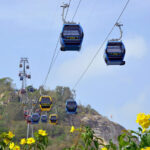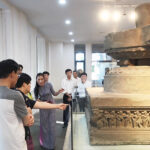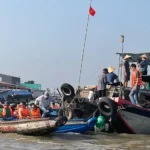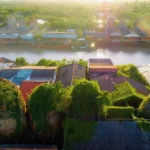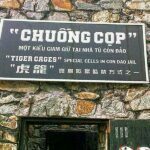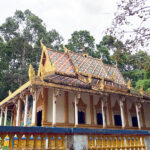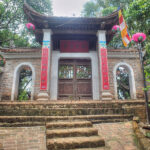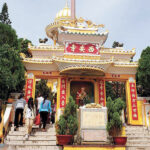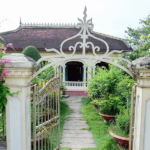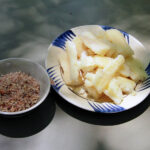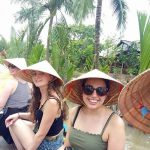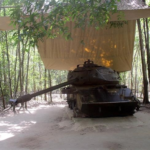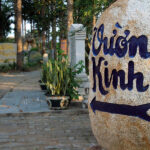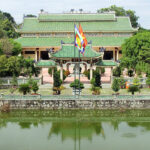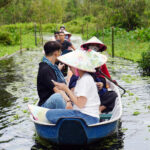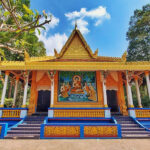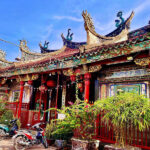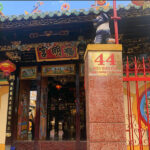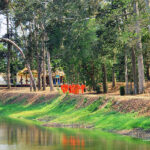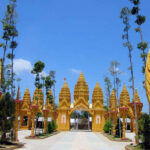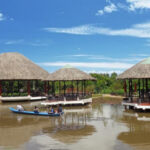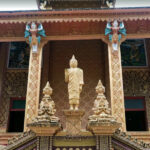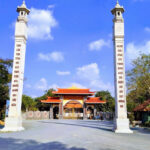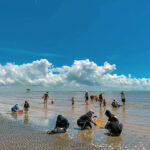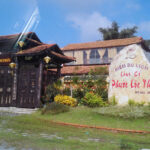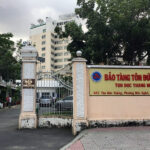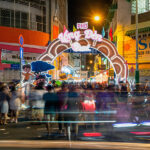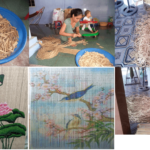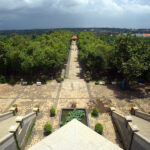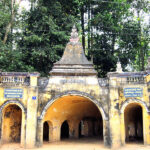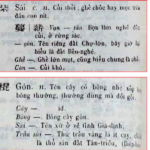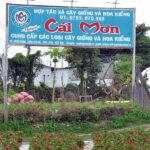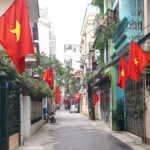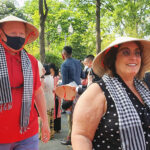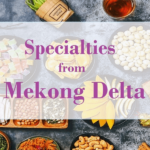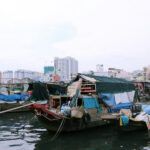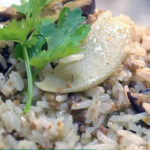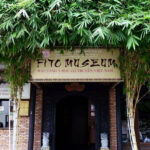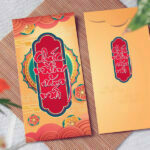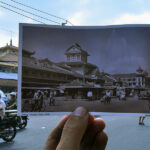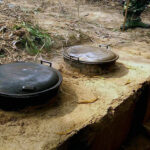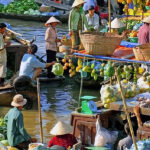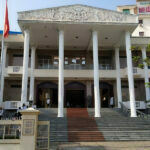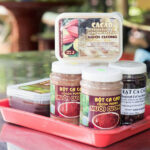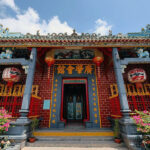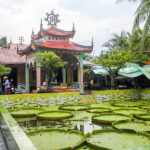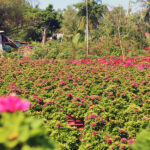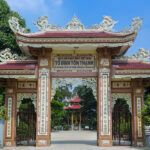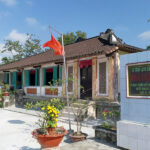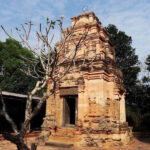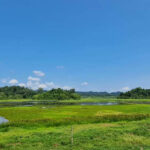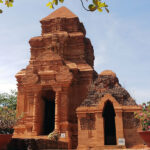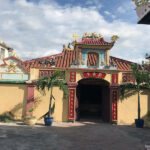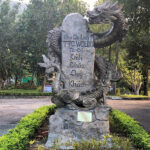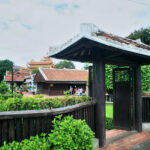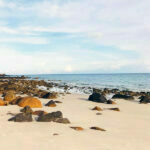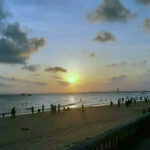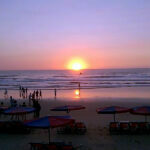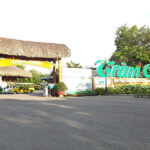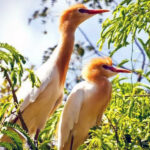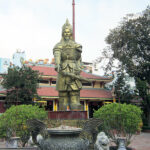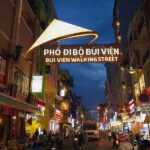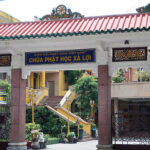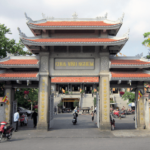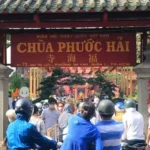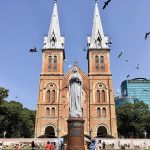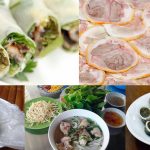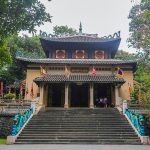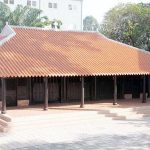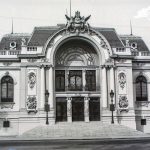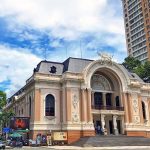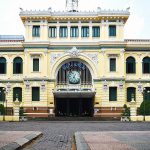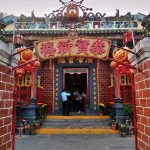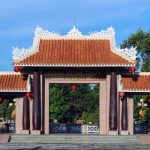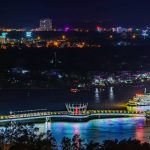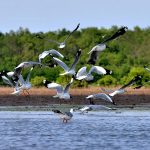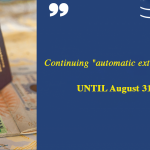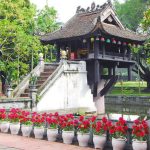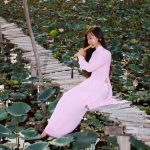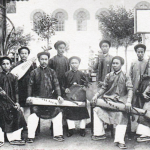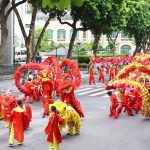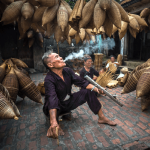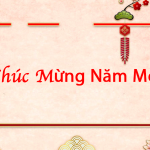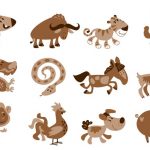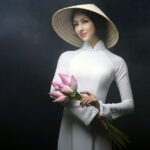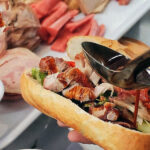With modern French architecture mixed with the ancient features of Southern houses, Kien Giang Museum is a place to preserve the culture, history, land and people of Kien Giang in an extremely impressive way through precious artifacts that are being carefully preserved.
Kien Giang Museum: History, Artifacts and Architecture
History of formation and development
Kien Giang Museum is located at 27 Nguyen Van Troi Street, Rach Gia City, originally the mansion of a famous feudal landlord – Mr. Tran Nhue.
The house was started in 1911, completed in 1920 with an area of about 2,000 m². Later, Tran Nhue’s third son, Mr. Tran Quang Chieu, inherited this property, so people called it “Mr. Ba Chieu’s house”. During the turbulent historical period, the building went through many different functions.
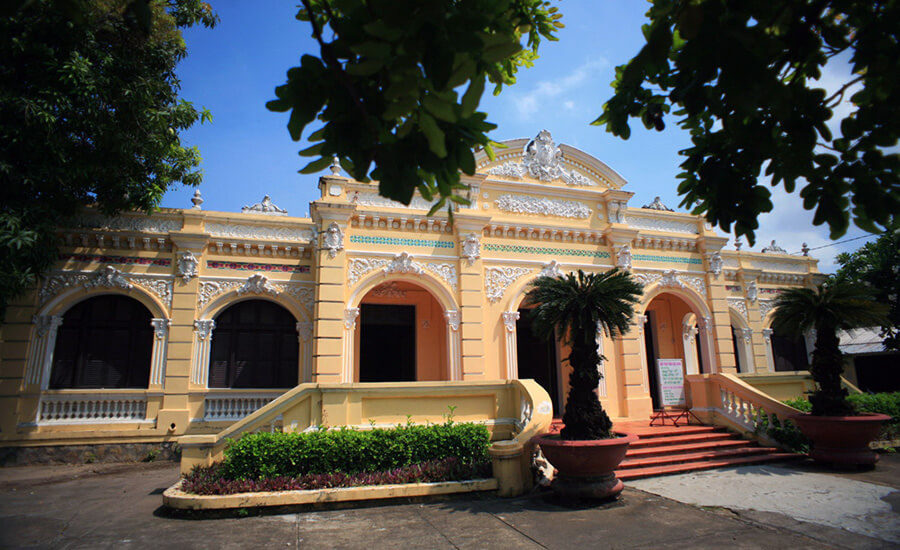
In 1946, when the French colonialists occupied Rach Gia, the largest house in the town at that time was requisitioned as the headquarters of the Provincial Court.
In 1970–1973, the American advisory group in Rach Gia rented this place as the advisory office, because the house was spacious and had a solid fence. From 1973–1975, the owner rented it to a refrigeration company as an office. After 1975, the building was taken over by the government, used by the Kien Giang Women’s Association for a short time, then handed over to the Provincial Art Troupe as its headquarters. In January 1985, the Kien Giang Provincial Museum was officially established, using this ancient house as its headquarters and exhibition space.
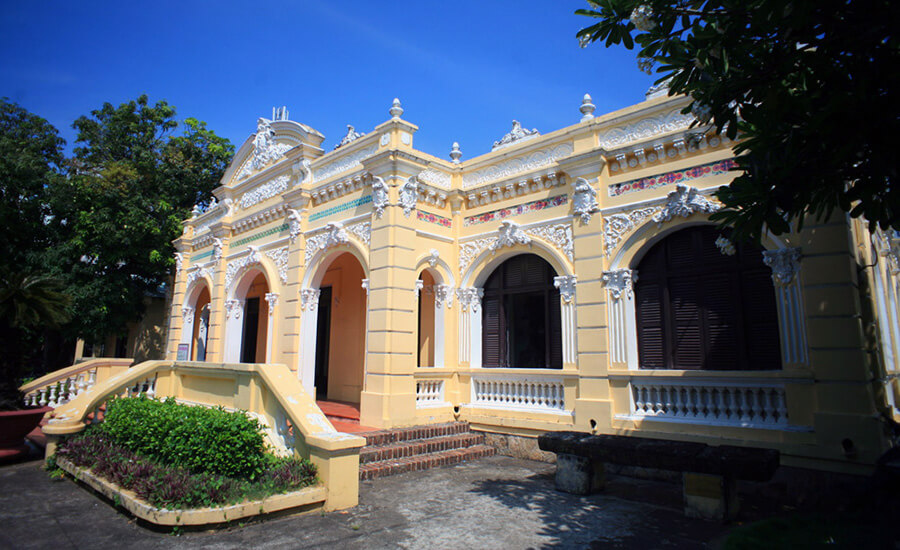
In 1990, the house was ranked as a National Architectural and Artistic Relic by the Ministry of Culture and Information (now the Ministry of Culture, Sports and Tourism). Since then, the building has become both a valuable architectural heritage and a place to display historical and cultural artifacts of the province. Over the course of its operation, the museum has continuously added artifacts and innovated the way it displays them to better serve the needs of the public for sightseeing and research.
Typical artifacts and main collections
Currently, Kien Giang Museum displays six main topics, corresponding to the typical collections of artifacts of the locality:
Kien Giang – Land, People: Introducing the natural conditions and cultural life of the ethnic groups of Kien Giang province. This topic displays artifacts associated with the traditional activities of local residents, such as the Southern amateur music instrument, traditional costumes of the Khmer and Hoa ethnic groups, and typical handicraft products of Kien Giang. These artifacts help viewers visualize the diverse community and indigenous cultural identity of the province.
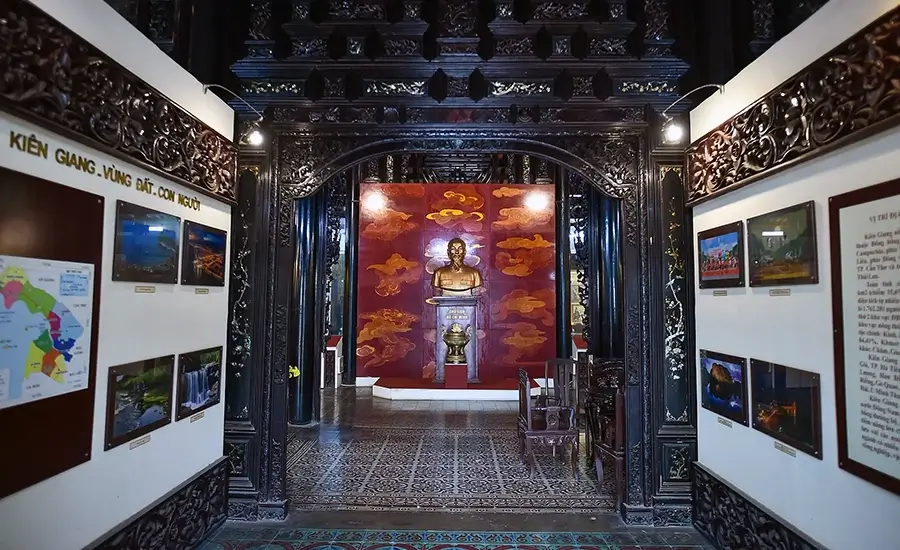
Oc Eo culture in Kien Giang: Introducing the heritages of the ancient Oc Eo culture (belonging to the kingdom of Funan, around the 1st-7th century) discovered in Kien Giang. Typical are the archaeological relics made of gold, pottery, stone… excavated from the Nen Chua site (Kien Luong district) – one of the sites belonging to the Oc Eo civilization.
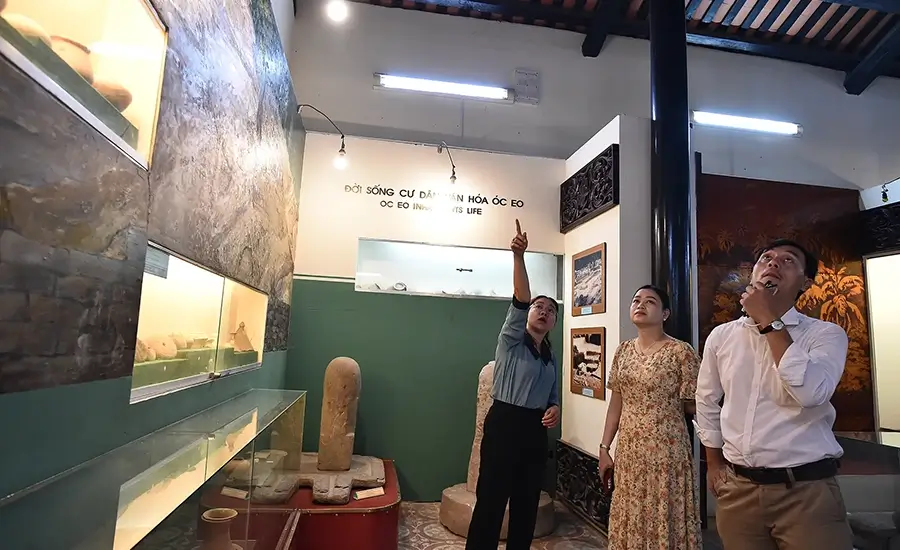
The museum currently preserves a number of rare antiques such as the “Dinh ba lua” (Fire trident) relief (a religious symbol in Oc Eo culture) and many artifacts showing the fusion of Hinduism and indigenous culture.
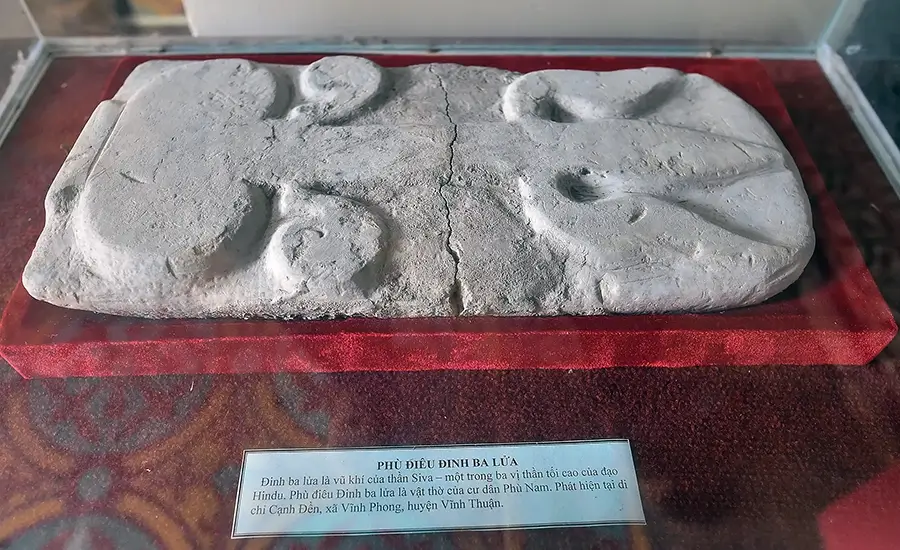
This is one of the most attractive topics of the museum, because of the special historical – cultural value of Oc Eo antiques for Kien Giang land.
Mac family with the exploration of Ha Tien town: Displaying documents and artifacts about the Mac family (Mac Cuu, Mac Thien Tich…) – the people who contributed to the exploration of Ha Tien land in the 18th century. Here, visitors can learn about the process of exploring and building the ancient town of Ha Tien through genealogy, royal decrees, artifacts and documents related to the Mac family. These artifacts demonstrate the role of the Mac family in the history of the formation of the southwestern region of the country.
National hero Nguyen Trung Truc: Introducing the life and career of fighting against the French of Nguyen Trung Truc – a hero associated with Kien Giang. This topic often displays portraits, documents, weapons and artifacts related to Nguyen Trung Truc and his army in Rach Gia (such as the battle of burning the Hy Vong ship in 1868). Visitors can see souvenirs that recreate the indomitable patriotism of the national hero in Kien Giang.
Kien Giang army and people through the two resistance wars against France and the US: Displaying artifacts from the war, demonstrating the contributions of Kien Giang army and people in the cause of defending the Fatherland. Many simple but touching artifacts are introduced, such as the “homemade lamp” made by the Hon Dat district engineering team in 1968 to provide light for soldiers in deprived conditions.
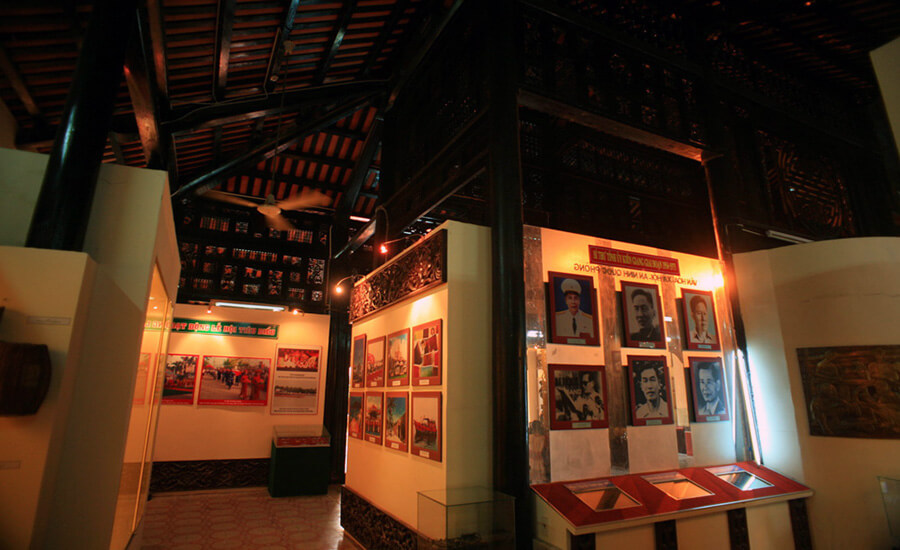
In addition, there are also primitive weapons, equipment, and daily necessities of the guerrillas and the people of Kien Giang during the resistance war, showing the local indomitable spirit throughout the two wars.
Salvaged artifacts from Kien Giang waters: This is a unique highlight of Kien Giang Museum, displaying artifacts found from ancient shipwrecks off the local coast.
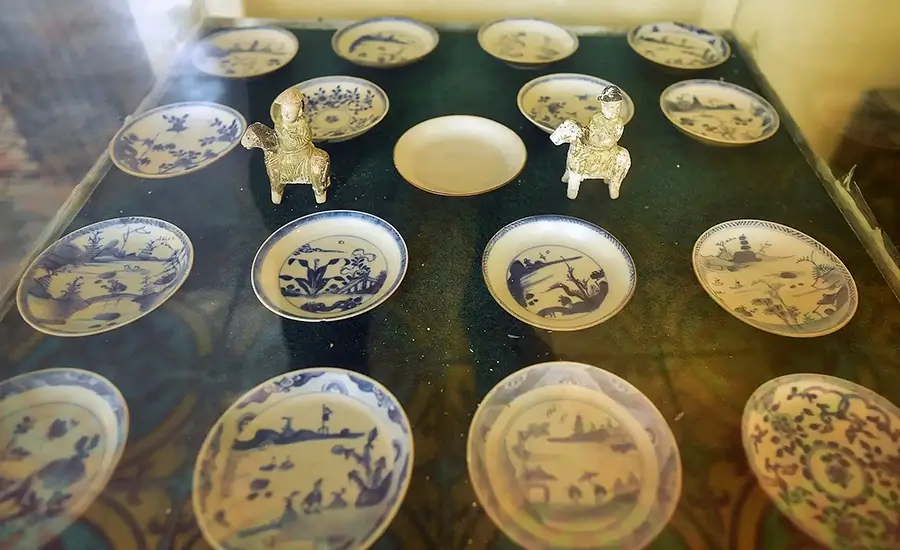
The collection includes hundreds of artifacts, mainly ceramics originating from China and Thailand, dating back to around the 14th-15th centuries. Many experts believe that these ancient ships were merchant ships on ancient maritime routes, which encountered an accident in Kien Giang waters due to hitting reefs and corals.
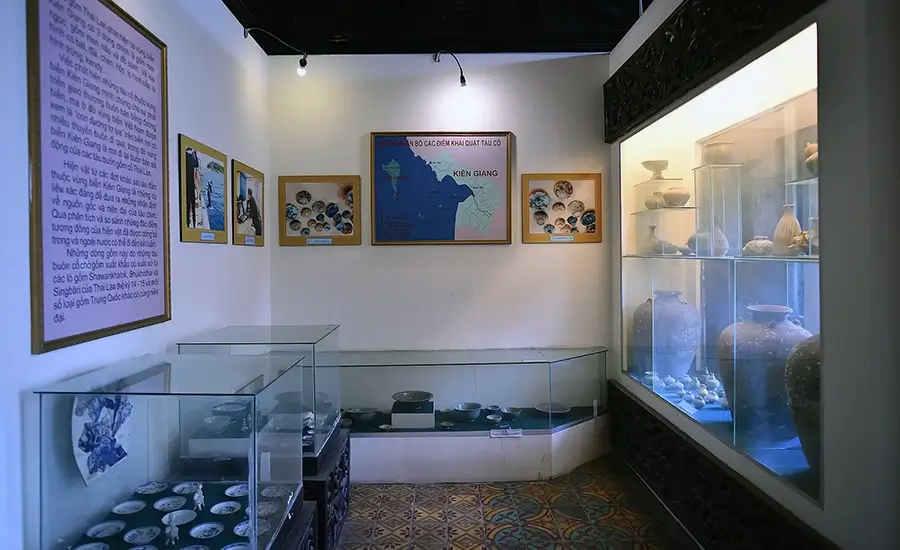
Typical artifacts include jars, pots, and ancient ceramic vases with Ming Dynasty (China) patterns or Thai ceramics, which were salvaged from a depth of tens of meters under the sea. These artifacts not only have archaeological value but also tell the story of trade in the Gulf of Thailand in the past.
In addition to the above topics, the museum also preserves many other valuable artifacts in the warehouse, continuously collecting and adding them to serve the display work in the future. The richness of the collection of artifacts makes Kien Giang Museum an ideal destination for those who want to learn more about the cultural and historical heritage of the province.
Unique architecture of the museum
The facade of Kien Giang Museum has an Asian – European architectural style: the outside is the arches and reliefs with strong French features, the inside is the structure of a traditional Vietnamese house.
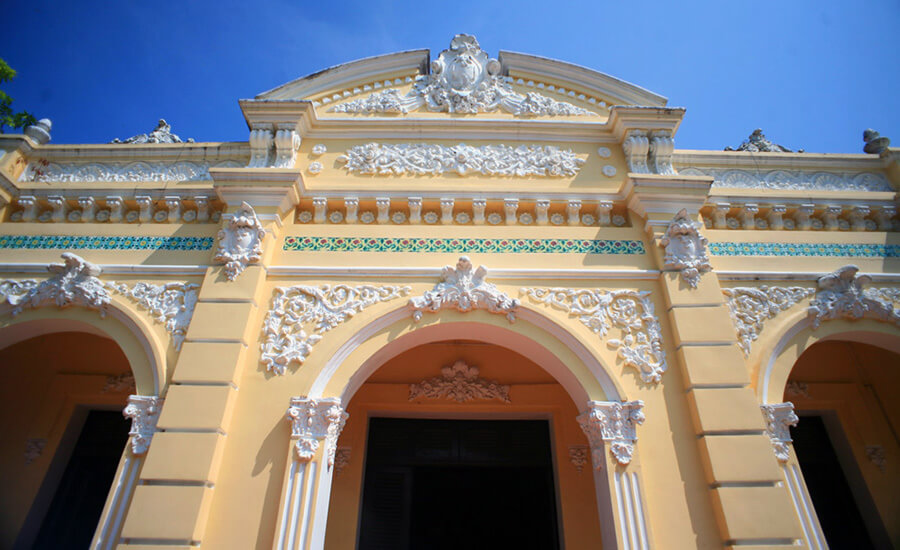
The Kien Giang Museum building impresses with its unique “half-Western, half-Eastern” architectural style. Built during the colonial period, the house harmoniously combines the style of a Western villa with the spatial structure of an ancient Southern house. On the outside, the building has the shape of a box house with the appearance of a European mansion, decorated with many sophisticated relief motifs in the French architectural style (such as arches, reliefs of flowers and leaves, animals on the top of the columns).
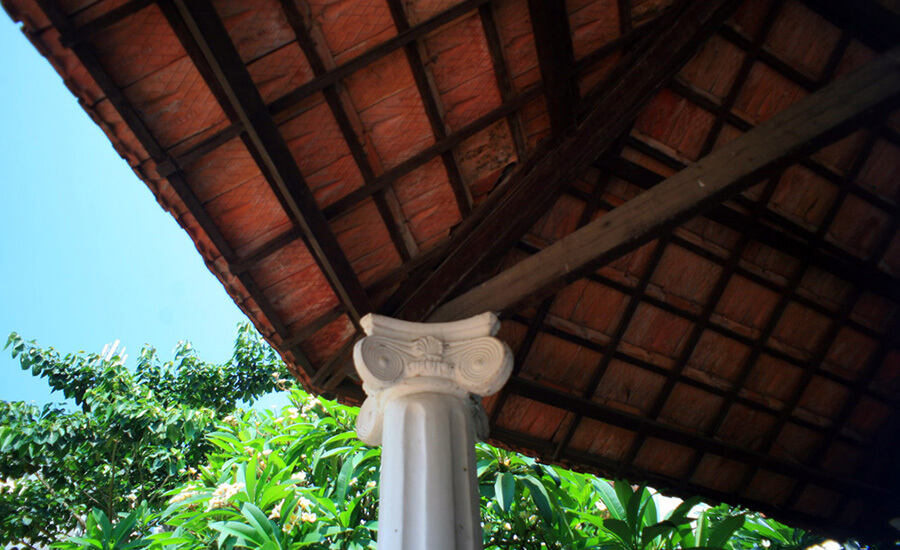
Inside, the architecture is imbued with traditional Vietnamese features, and details such as horizontal lacquered boards, parallel sentences, and elaborately carved wooden rafters. The entire house frame, especially the main worship hall, is made of precious wood, with a load-bearing wooden rafters structure.
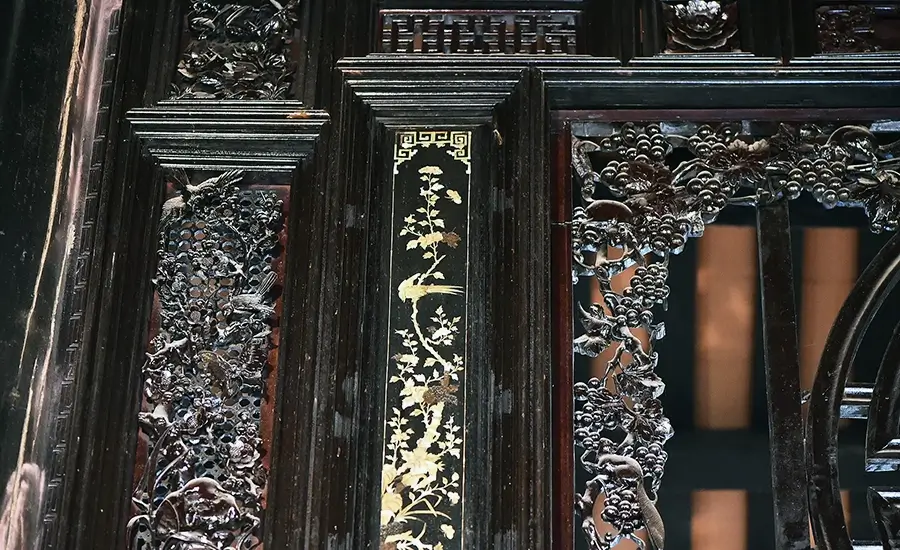
The most unique feature of the house is the interior decoration carving system. Ancient artisans carved extremely rich patterns on wood, imbued with the concept of Eastern art. The motifs include: flowers and grass (Four Noble Ones: plum blossom – bamboo – chrysanthemum – apricot), birds and animals (bats, peacocks, phoenixes, pheasants), fruits (papaya, grapes, pomegranates) and even animals such as deer, elk, etc.
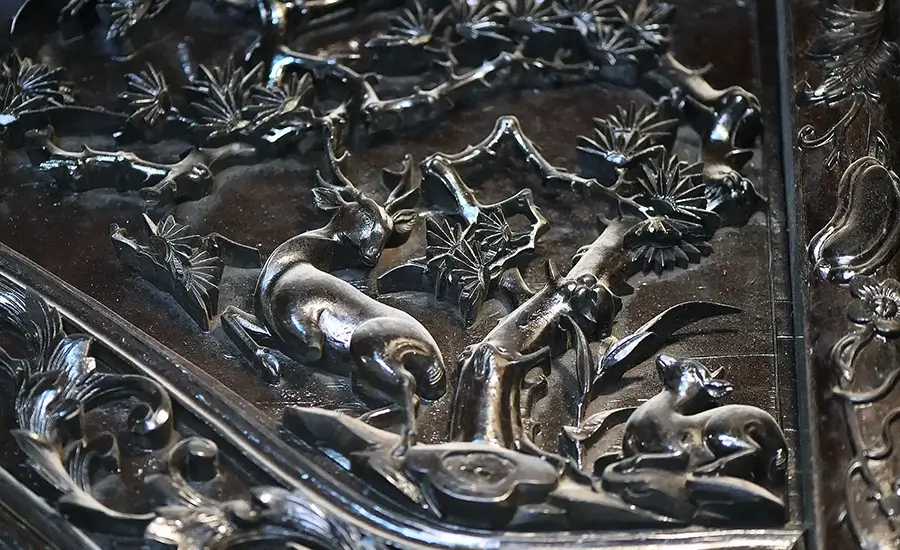
Many carvings are also inlaid with sparkling mother-of-pearl, creating a delicate yet vibrant beauty for the interior space. All interior architectural details are meant to wish for wealth, luck and longevity for the ancient owner. It is the skillful combination of Western art on the exterior and traditional Vietnamese art on the interior that has created the high aesthetic value of the ancient building that is more than 100 years old.
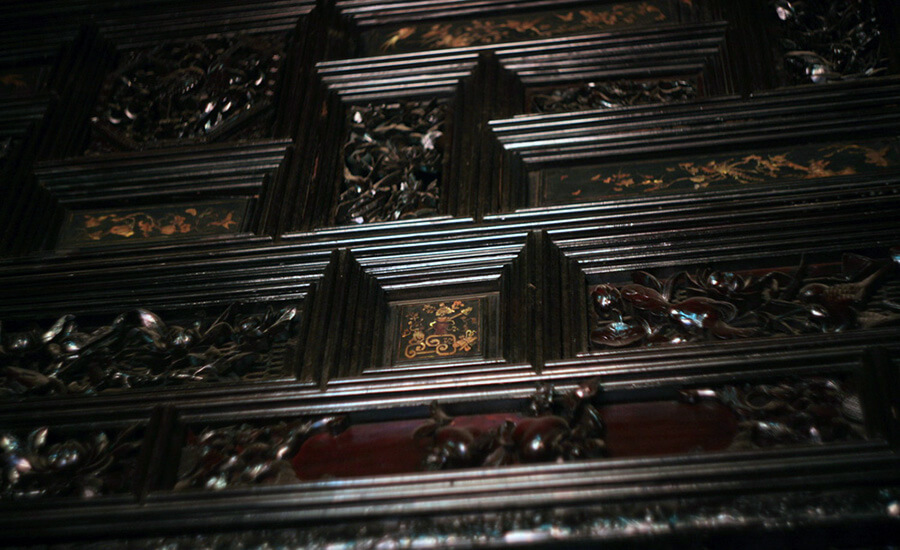
To build this large-scale mansion, the original owner paid great attention to the technical aspects and materials. The project was continuously constructed for 10 years with a large team of workers: skilled masons and carpenters were invited from Gia Dinh (Saigon) and Hue, and sophisticated wood carvers were invited from the North. The construction materials were very selective: wood and tiles were purchased from the Southeast region, and floor tiles were imported from France.
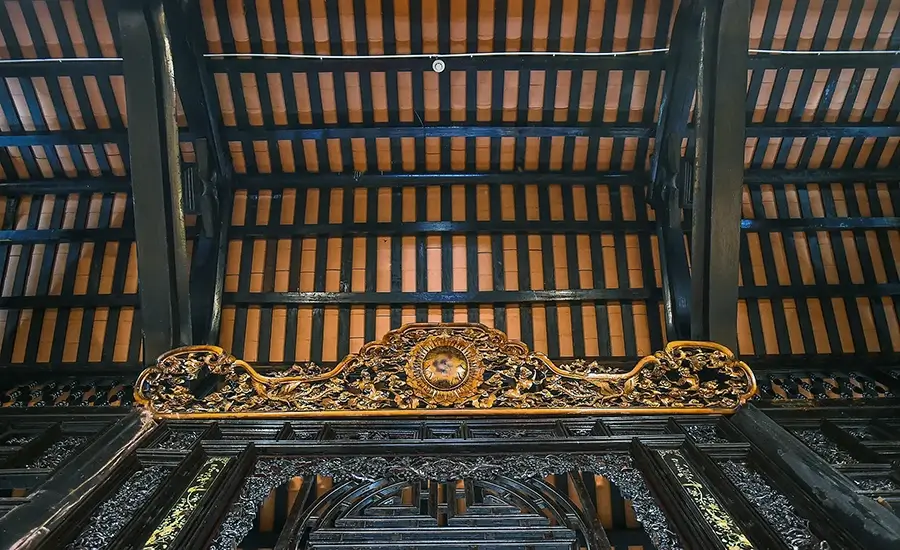
In particular, the house was built entirely by hand, using a mixture of molasses, sap from the oleander tree, sand and lime as a binder instead of cement. The house’s foundation is built high on a solid stone foundation (soil taken from a mound along the coast), and the foundation alone took 3 years to complete. Thanks to that, even though it has been over a century, the structure of the house is still durable.

After becoming a museum, the ancient building has been restored many times to preserve its heritage value. Up to now, the building has undergone two restorations, most recently in 2009 with items such as reinforcing the tiled roof, painting the walls and wooden structures. Thanks to regular maintenance, the tiles, reliefs, wooden frames… basically retain their original appearance despite being over a hundred years old. Currently, Kien Giang Museum and the authorities are continuing to plan to restore and prevent termites for the house to preserve this precious heritage for the long term.
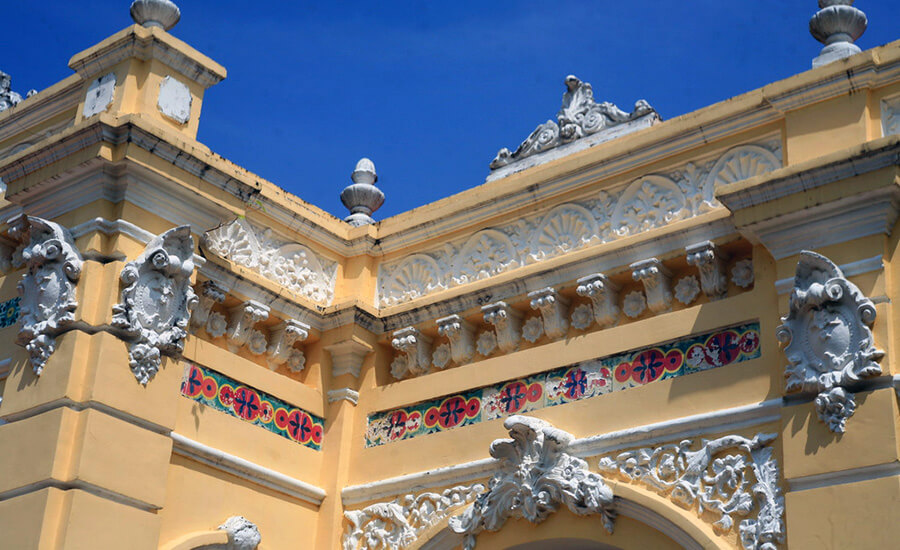
For more than a century, Kien Giang Museum has not only been a historical witness of Rach Gia land but also a unique “museum” of architectural art. Today, this project is both a valuable national relic and a place to preserve thousands of cultural and historical artifacts of Kien Giang province. Visitors to the museum have the opportunity to admire the “unique” ancient architecture, and at the same time learn more deeply about the indigenous culture, events and people who have made the history of Kien Giang through rich and diverse collections of artifacts.
Source: collected by An
Follow us for the best deal with Vietnam package tours and visa services!
